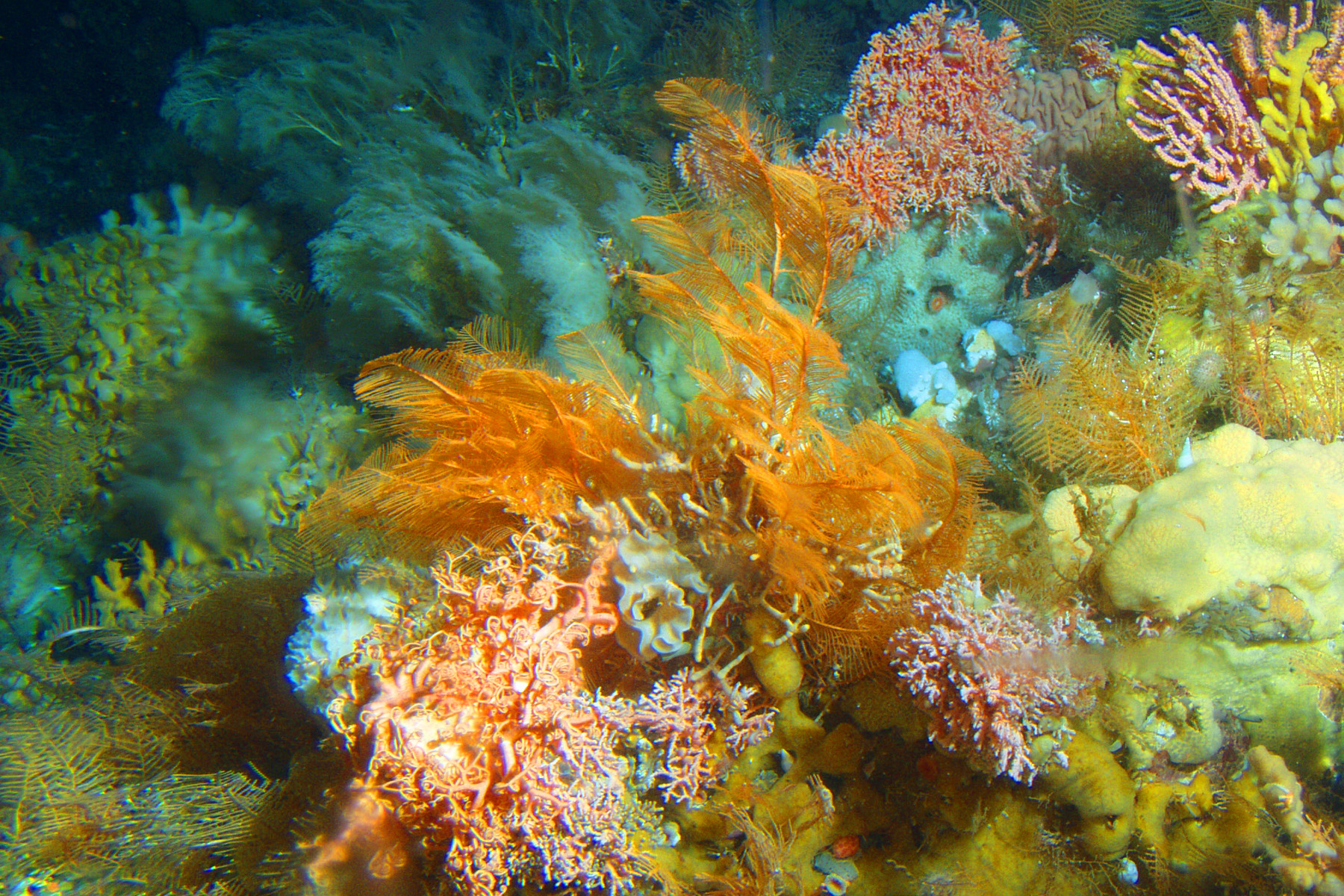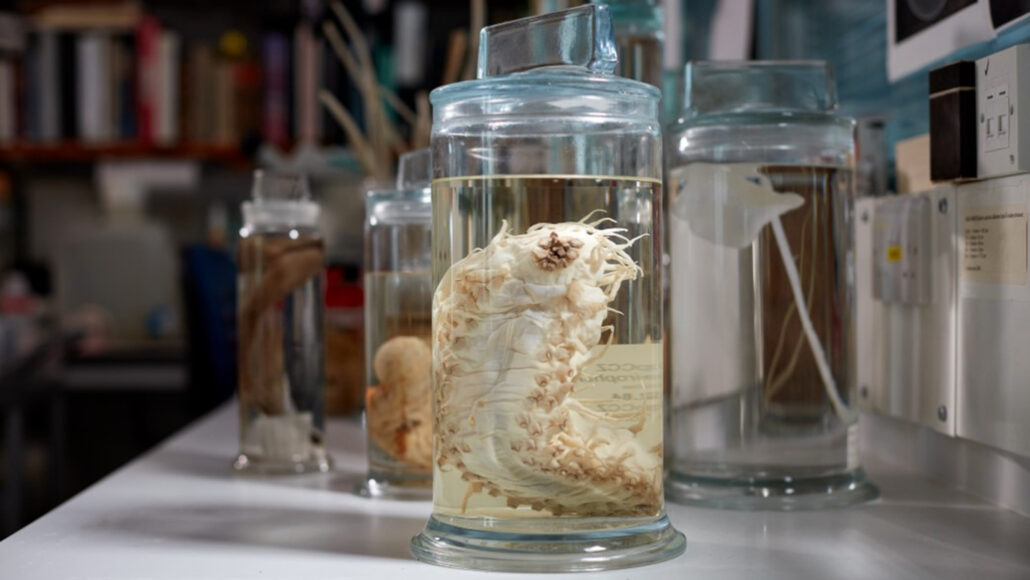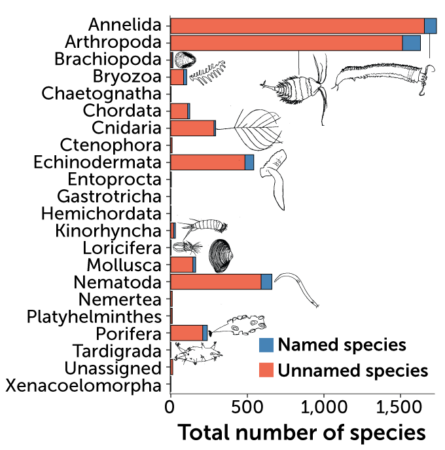Deep-Sea Secrets Unveiled

“Hidden Wonders of the Deep: Pristine Ocean Zone Reveals Over 5,000 New and Mysterious Species”
Beneath the serene waters of the central and eastern Pacific Ocean, nestled between Hawaii and Mexico, lies a vast and uncharted realm known as the Clarion-Clipperton Zone. This enigmatic region, roughly twice the size of India and submerged at depths of 4,000 to 6,000 meters, has long held secrets hidden from human eyes. However, a groundbreaking study has now revealed that more than 5,000 previously unknown animal species call this pristine deep-sea habitat their home.

In an extraordinary scientific endeavor, researchers meticulously compiled and analyzed over 100,000 published records of animals discovered within the Clarion-Clipperton Zone. Some of these records date back as far as the 1870s, providing a historical perspective on the area’s biodiversity. Astonishingly, approximately 90 percent of the species encountered in these records had never been described before. While only around 440 species had been officially named, the study unveiled a staggering count of roughly 5,100 unidentified species, predominantly consisting of worms and arthropods. Other remarkable creatures discovered include sponges, sea cucumbers, and corals. The findings were recently published in Current Biology.
“The Clarion-Clipperton Zone, a Deep-Sea Enigma, Unveils Astonishing Biodiversity”
Muriel Rabone, a data analyst and biologist at the Natural History Museum in London and coauthor of the study, expressed her surprise at the overwhelming diversity thriving in the depths of the Clarion-Clipperton Zone. “It’s just astonishing,” she remarked. However, this extraordinary biodiversity is now facing a looming threat as mining companies are drawn to the region due to its abundant reserves of minerals like cobalt and nickel. A significant portion of the zone, roughly one million square kilometers, has already been designated for exploration by mining companies.

The study’s findings underscore the critical importance of establishing a baseline understanding of the area’s biodiversity before any mining operations commence. Many of the named species discovered during the study were found exclusively within the Clarion-Clipperton Zone, highlighting the urgency of protecting these unique ecosystems. Nevertheless, the deep-sea environment poses significant challenges for data collection, given its remote location and immense depths, making research efforts both difficult and expensive.
Moreover, scientists emphasize the interconnectedness between deep-sea ecosystems and those above, particularly in terms of nutrient cycling and other ecological processes. In order to anticipate and mitigate the potential impacts of mining activities, a deeper understanding of the Clarion-Clipperton Zone and similar regions is imperative.
As the allure of untapped mineral resources drives the race for deep-sea exploration, it is crucial that preservation and sustainability remain at the forefront of these endeavors. The remarkable discoveries made within the Clarion-Clipperton Zone serve as a reminder of the intricate and fragile ecosystems that exist beneath the waves. Only through comprehensive scientific research and responsible stewardship can we ensure the long-term health and preservation of these hidden wonders of the deep.



